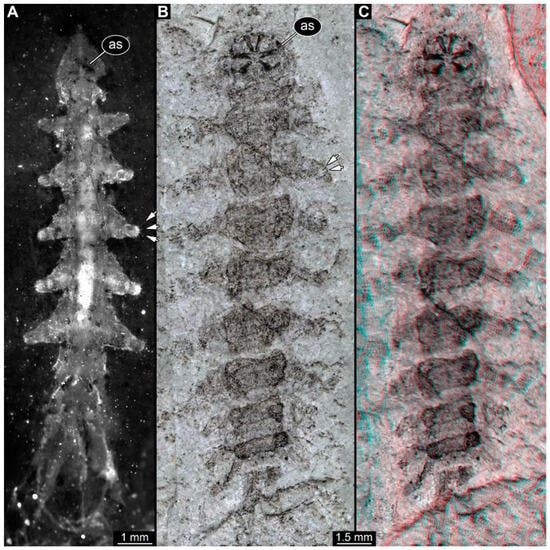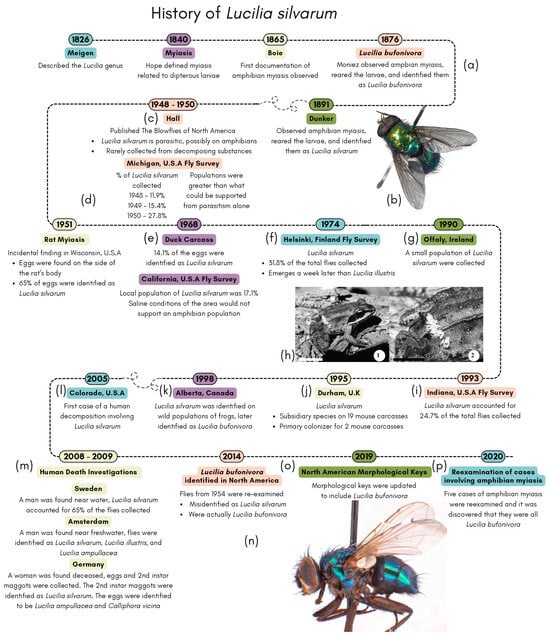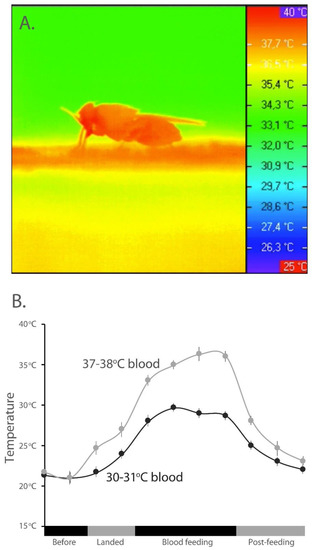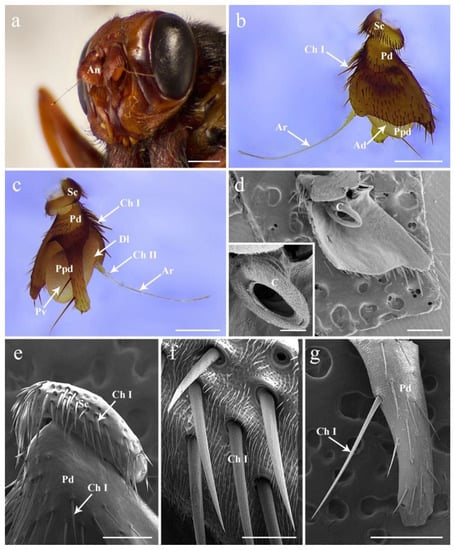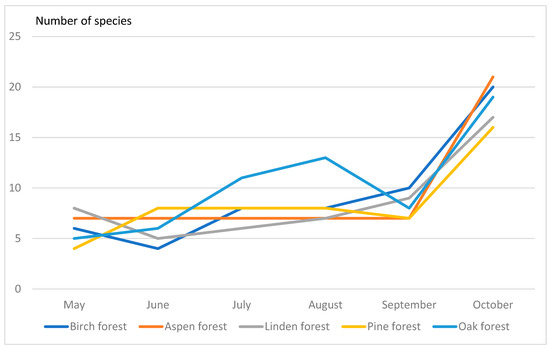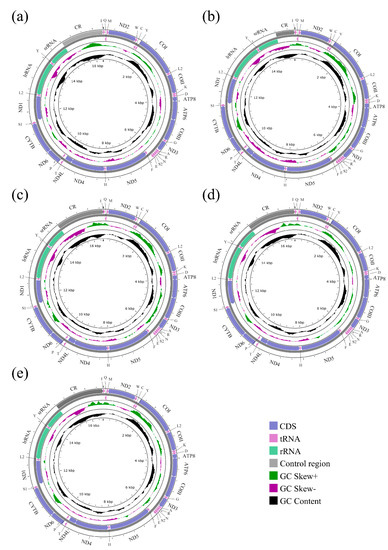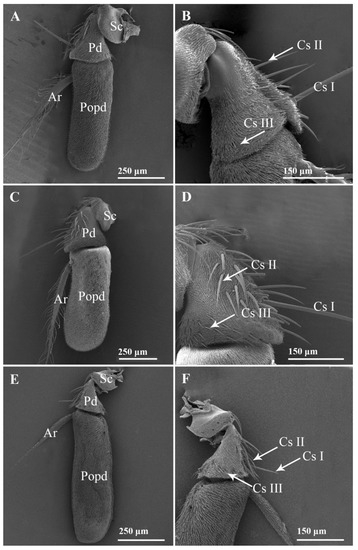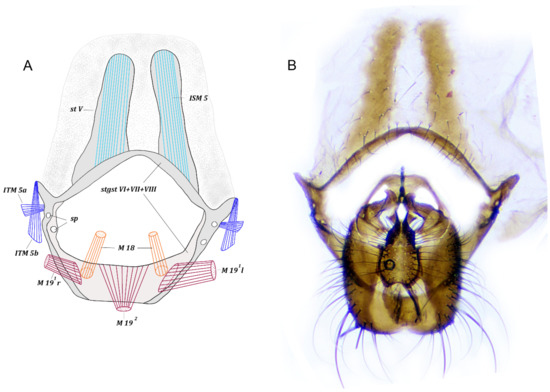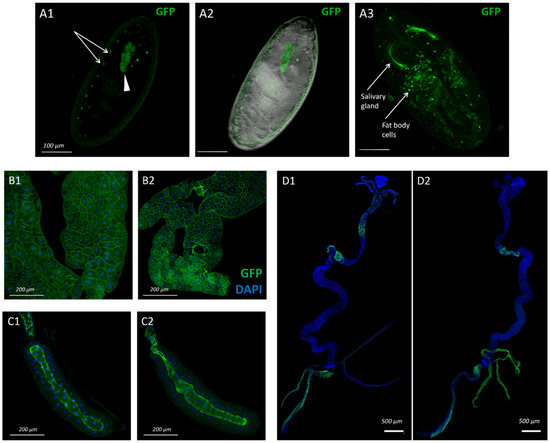Advances in Diptera Biology
A topical collection in Insects (ISSN 2075-4450).
Viewed by 26327Editors
Interests: Diptera; flies; genomic studies; development and population biology
Interests: insect stress tolerance; reproductive physiology; regulation of metabolism and aging
Special Issues, Collections and Topics in MDPI journals
Topical Collection Information
Dear Colleagues,
Flies are a significant order of insects and a major contributor to biodiversity. Flies are also surprisingly resilient, finding ways to survive in harsh environments. For example, they are the only order of insects known to live in Antarctica. Given their unique and diverse biology, it is not surprising that flies are regularly studied in the context of their evolution and ecology and that one of the major model organisms (Drosophila melanogaster) is a fly.
The diptera impact human society in a variety of ways. Many flies have negative impacts on humanity. Tsetse flies, sand flies, and mosquitoes are significant disease vectors that impact millions of people every year. Other families are major pests impacting crops, livestock production, and human health. Nonetheless, flies also positively affect people. Flies are an emerging focus of a growing industry devoted to recycling used organic materials. Likewise, some are known for their contributions to medicine through “maggot therapy”, some as forensic indicator species, and many are pollinators.
Given the importance of flies, and recent advances in technology that enable better research in model and nonmodel organisms, this Topical Collection highlights new knowledge acquired in the study of these important organisms.
Prof. Aaron M. Tarone
Dr. Joshua B. Benoit
Collection Editors
Manuscript Submission Information
Manuscripts should be submitted online at www.mdpi.com by registering and logging in to this website. Once you are registered, click here to go to the submission form. Manuscripts can be submitted until the deadline. All submissions that pass pre-check are peer-reviewed. Accepted papers will be published continuously in the journal (as soon as accepted) and will be listed together on the collection website. Research articles, review articles as well as short communications are invited. For planned papers, a title and short abstract (about 100 words) can be sent to the Editorial Office for announcement on this website.
Submitted manuscripts should not have been published previously, nor be under consideration for publication elsewhere (except conference proceedings papers). All manuscripts are thoroughly refereed through a single-blind peer-review process. A guide for authors and other relevant information for submission of manuscripts is available on the Instructions for Authors page. Insects is an international peer-reviewed open access monthly journal published by MDPI.
Please visit the Instructions for Authors page before submitting a manuscript. The Article Processing Charge (APC) for publication in this open access journal is 2600 CHF (Swiss Francs). Submitted papers should be well formatted and use good English. Authors may use MDPI's English editing service prior to publication or during author revisions.
Keywords
- medical and veterinary entomology
- decomposer
- myiasis
- agriculture
- life history






